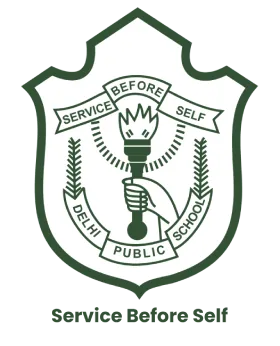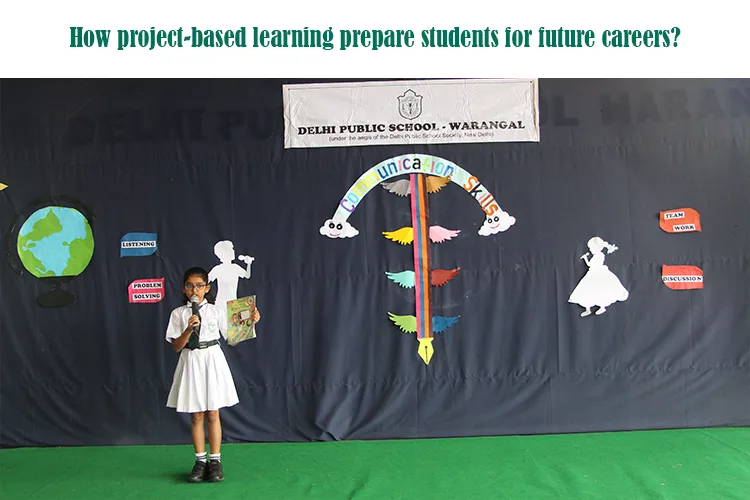In the dynamic job market, the old-fashioned modes of education can hardly deal with real-life problems. Employers need graduates who have the ability to think critically, solve problems, and collaborate with others. Project-Based Learning (PBL) is a novel educational approach that actually bridges the gap and plunges students into a world of real-life projects. This kind of hands-on learning design encourages career-ready-preparedness while preparing students for the future workforce. This article spotlights how Project-Based Learning (PBL) can help equip students with the requisite 21st-century skills, boost employability, and fit within modern workplace demands.
Project-based learning
Project-based learning represents a way of teaching and mentoring. The students spend extended time studying real-world problems and projects. It is not just sitting in classrooms and absorbing knowledge. Students engage deeply in designing, executing, and presenting projects that address authentic challenges without taking information passively.
A few key characteristics of PBL:
- Inquiry-Based:
Developing a question to investigate; then researching and experimenting in attempting to resolve the question or problem.
- Collaborative:
Team and peer interaction to reach a common goal.
- Critical Thinking:
Project-based learning stimulates students in analysing, synthesising, and evaluating the material.
- Creativity:
Design innovative solutions to problems. It connects all that students learn as students to real things in the world.
By virtue of containing these components, Project-Based Learning will readily find its way into today’s workplace demands and career development.
Project-based learning shape students for the workforce
1. Develop problem-solving skills
A very important skill in every industry is being good at problem-solving. Research from 2010 shows that completing a project boosts problem-solving skills. Students must use these skills a lot in real-world situations. The study shows that students who learn through projects are better at using their problem-solving skills. This helps them in the long run outside the classroom. This is truer than for students in traditional learning settings.
2. Enhances collaboration and teamwork
Collaboration-based relationships are a major component of PBL. Students develop strong relationships with teachers, which further shows the value of learning. They learn to share their ideas, listen to others, and solve problems as they come up. While working on projects, students also build relationships with community members. This helps them gain knowledge for their future careers and beyond. Teamwork is involved, alongside market research, strategy formation, and presentation skills preparing a person for a career in marketing, management, and entrepreneurship.
3. Encourages critical thinking and decision-making
Employers truly appreciate a candidate’s ability to use critical thinking and good decision-making. Projects promote the analysis of data, consideration of alternatives, and justification of choices, thereby honing decision-making skills for students. For example, during a computer science project, students create an app that may help to solve a community problem. They must choose programming languages; design the user experience; and decide on security features. All decisions that are straight away transferable into the tech industry!
4. Improves communication and presentation skills
In every profession, clear communication and effective presentation matter. Project-based learning requires the students to present their findings, defend their ideas, and write reports. So, fostering verbal and written communication skills. Students involved in an environmental awareness campaign must present their findings to the community. It will teach them public speaking skills, persuasive writing, and report drafting, which are indispensable in public relations, journalism, and corporate communication.
5. Increased creativity and innovativeness
The new job market will be placing greater and greater demands upon creative problem-solving. Project-Based Learning nurtures creative thinking and is entitled to explore unique solutions and experiment with different ideas. For example, a design or architecture project requiring students to put together a smart city model encompasses aesthetics and functionality, a perfect preparatory exercise toward careers in urban planning, architecture, and industrial design.
6. Improving digital and technological skills
As industries undergo digital transformation, students should find themselves at ease using technology. PBL allows students to use digital tools in great amounts, such as data analytics, coding, multimedia production, and cloud collaboration, which makes them more competitive for technology-related careers. For instance, for an IT project, students would develop a cybersecurity strategy for a business, thus allowing them to gain technical knowledge needed in cybersecurity, software development, and IT consulting.
7. Connects theory with real-world practice
The conventional classroom tends to be a bit remote in terms of actual application. PBL alleviates this gap by engaging industry mentors, field trips, and real-life case studies. This allows the student to see how the education he/she receives translates into real work. An example could be where students of financial literacy in project work meet with bankers and other investment professionals, thereby acquiring real-life work perspectives regarding a finance and banking career or an accounting career.
8. Strengthens adaptability and resilience
Adaptability will be more necessary than ever in the future when industries will keep changing with AI, automation, and globalisation. PBL will instill in students a willingness to accept and cope with changes, and recovery from failure. These qualities that will work for them in sustaining long-term career growth. In a journalism project, students covering breaking news would have to learn to manage pressure, adjust to unexpected challenges, and work within extremely tight deadlines—skills that are crucial in media, public relations, and crisis management.
9. Enhances career preparedness and employability
Internships and job-searching skills from undertaking Project-Based Learning present students as having hands-on experience. This makes for a portfolio of work and high confidence in professional environments. Employers prefer hiring individuals who have had work exposure in the field. Such as practical project experience demonstrated with initiative, creativity, and leadership. PBL projects grounded in STEM, such as designing a robotic automation system, provide students more drive when seeking employment in engineering, robotics, and artificial intelligence.
Including PBL into schools like DPS Warangal helps academics and industry get closer and gives pupils 21st-century skills. Project-based learning (PBL) offers a hands-on experience that makes students curious and improves creativity. It teaches life and career skills while equipping us for the difficulties of the real world. Research shows that PBL leads to better test scores. It also boosts student participation and involvement in class. It helps teachers build better relationships with their students. They become hands-on learning guides. Key tools used to equip students for different sectors at DPS Warangal are real-time projects, teamwork, problem-solving activities, and digital literacy. PBL is a teaching method. Students work together and “learn by doing.” They gain many skills that employers want through PBL.


